OUR PRODUCTS
Products
-
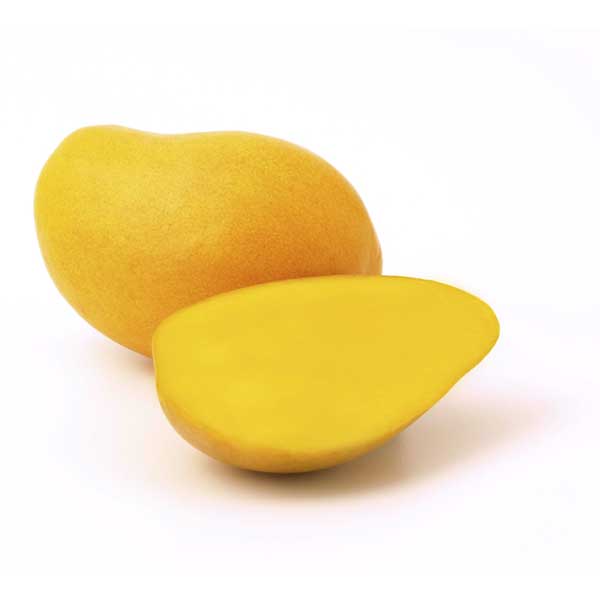
- Ataulfo
- Indonesian type – originated from a Hawaiian seedling strain, direct descendant of the Manila mango seedling race common in Veracruz State, Mexico. – The fruit is a small, flat, oblong shape, 6 – 12 ounces. This fruit is ripe when deep golden and just when fruit is ready to wrinkle or slightly wrinkled; delicious, very sweet, rich in flavor and close to fiber free. (butter!)
-
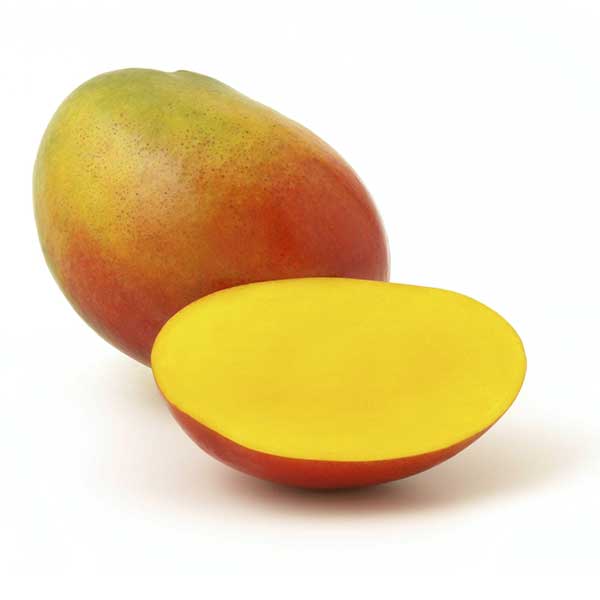
- Haden
- Captain Haden – 1910, Florida. Originated from Mulgoba seedling, Bombay, India. The fruit is a regular oval, large, 16 – 24 ounces, yellow almost entirely washed over with an orange-red color, mild in flavor with a small amount of fiber.
-

- Tommy Atkins
- Florida early 1920’s. Mango cultivar developed and grown for commercial export. The fruit is a regular oval, medium to large sized, 12 to 24 ounces, yellowish-orange with deep red to purple blush, thicker skinned, juicy but firm with medium fiber.
-

- Keitt
- Indian strain thought to have originated, like the Haden, from a seedling of Mulgoba 1945, Homestead, Florida. The fruit is a large (20-26 oz.) ovate tapering with slight nose-like protuberance above its tip. Green to orange-yellow as it ripens; firm flesh with a piney sweetness and minimal fiber surrounding the seed area. A late fruiting mango, often available into fall.
-
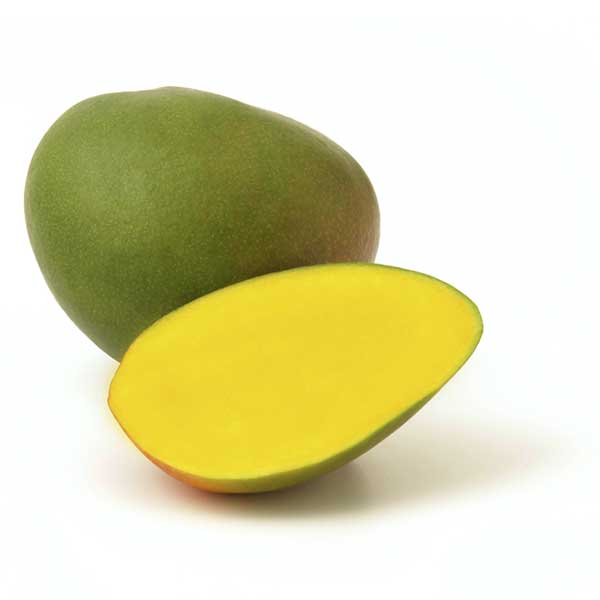
- Kent
- Florida 1944. Direct descendant of the Brooks cultivar, derived from the Sandersha seedling. The fruit is a regular oval shape, large 20 – 26 ounces, with plump cheeks, greenish-yellow color with red shoulder. Very rich and sweet with fiber-free flesh (slices clean to the pit – like butter when ripe!) A softer mango, that really should not be put to the squeeze test.
-
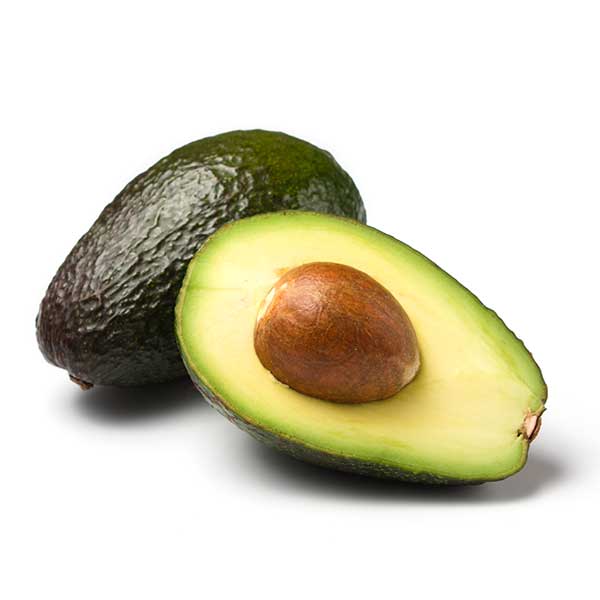
- Mexico Hass
- Mexico produces most of the world’s avocado, and avocado is one of the primary cultivars for export, the eighth cultivar by production volume. In 2013 the total area dedicated to avocado production was 168,155 hectares, and the harvest was of 1,109,814 tonnes. The states that produce the most are México, Morelos, Nayarit, Puebla, and Michoacan which accounts for 86% of the total.
-
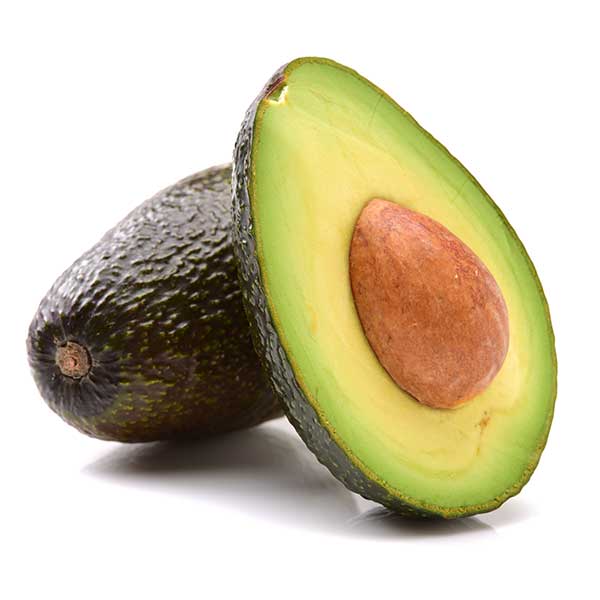
- California Hass
- The avocado was introduced from Mexico to California in the 19th century, and has become very successful. About 59,000 acres – some 95% of United States avocado production – is located in Southern California, with 60% in San Diego County. Fallbrook, California, claims the title of “Avocado Capital of the World”, which is also claimed by the town of Uruapan in Mexico, and both Fallbrook and Carpinteria, California, host annual avocado festivals. Avocado is the official fruit of the State of California.
-
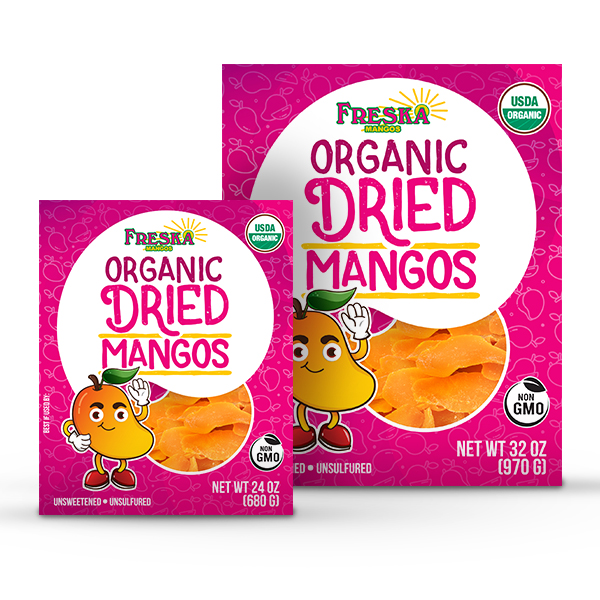
- Dried Mangos
- Dried fruit has a long tradition of use dating back to the fourth millennium BC in Mesopotamia, and is prized because of its sweet taste, nutritive value, and long shelf life. Dried mango is rich in vitamins, dietary fiber, and antioxidants.


